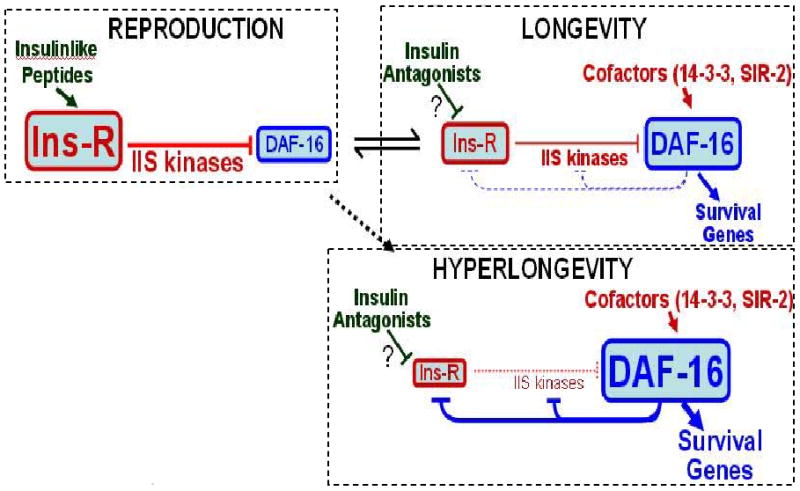Figure 6. Three system states of a proposed positive-feedback loop.

IIS leads through a series of kinase reactions to phosphorylation of DAF-16, sequestering it in the cytoplasm (reproduction mode). If insulinlike antagonists impede IIS, and/or coactivators reinforce DAF-16, the system switches to longevity mode where DAF-16 prevails and transcriptionally represses its own upstream regulatory kinases – promoting dauer formation in development, or life-extension in the adult. This “flip-flop” circuit, with opposing kinase and transcriptional signals, forms a positive-feedback loop. To recover from the dauer state, reproductive kinases must retain partial function, so favorable signals can shift the balance in their direction. Strong age-1 mutations “fuse the switch” in longevity mode, while conferring a distinctive transcript profile and greatly enhanced survival. Adapted from [30].
